Are you tired of struggling with plant cuttings that refuse to root? Do you wish there was a way to enhance their chances of survival and growth? Enter the world of rooting hormones!
These magical substances are designed to stimulate root growth in plants, increasing the success rate of propagation and overall plant health.
In this comprehensive guide, we will explore the world of the best rooting hormone, delve into their types, and reveal the top rooting hormone picks for 2023. Get ready to unlock the secret to successful plant propagation with the best rooting hormone!
Short Summary
This article provides an overview of the best rooting hormones for 2023, including liquid, powder and gel options.
DIY alternatives are also discussed along with tips on how to use them effectively and common mistakes to avoid.
Reviews of top picks in each category are included along with detailed instructions on preparing cuttings and planting/caring for them.
Understanding Rooting Hormones
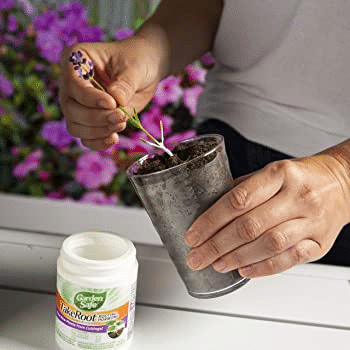
Rooting hormones are substances that promote root growth in plants, aiding in successful propagation and enhancing overall plant health. Available in both synthetic and natural forms, these hormones can be applied to a variety of houseplants, indoor trees, and succulents, helping you propagate your favorite plants more effectively.
So, how do these wonder products work? The active ingredients in rooting hormones stimulate cell division and elongation in plant roots, ensuring the cutting develops a strong, healthy root system to support its growth.
But not all rooting hormones are created equal. In fact, there are two main categories: natural and synthetic.
Natural rooting hormones are derived from plants, while synthetic ones are chemically produced, both serving the purpose of promoting root growth. Some gardeners even create their own rooting hormone using natural ingredients. The most common active ingredients in rooting hormones are Indole-3-butyric acid (IBA) and 1-Naphthaleneacetic acid (NAA), which are synthetic auxins that stimulate root growth.
With so many options available, it’s essential to understand the differences, benefits, and drawbacks of each type to make an informed decision.
Natural vs Synthetic Rooting Hormones
When it comes to choosing a rooting hormone, you’ll encounter both natural and synthetic options. Natural rooting hormone products are plant-derived substances that promote root development, such as those found in willow bark or homemade solutions like honey. On the other hand, synthetic rooting hormones, like IBA and NAA, are chemically-produced substances that stimulate root growth.
While both natural and synthetic rooting hormones serve the same purpose of promoting root growth, there are some key differences between the two.
Natural options can be more environmentally friendly and may appeal to those who prefer organic gardening methods. However, synthetic rooting hormones often provide more consistent results and may be more readily available in various forms, such as liquid, powder, or gel.
Active Ingredients in Rooting Hormones
The most common active ingredients in the best rooting hormones are Indole-3-butyric acid (IBA) and 1-Naphthaleneacetic acid (NAA).
Both IBA and NAA are synthetic auxins, a class of plant hormones that stimulate root growth and development. Synthetic auxins mimic the natural plant hormones that regulate various growth processes, making them highly effective in promoting root growth in cuttings.
It’s essential to understand the active ingredients in rooting hormones, as they play a crucial role in the success of your plant propagation efforts.
By choosing a rooting hormone with the right active ingredients, you can significantly increase the chances of your cuttings taking root and developing into healthy, thriving plants.
Types of Rooting Hormones
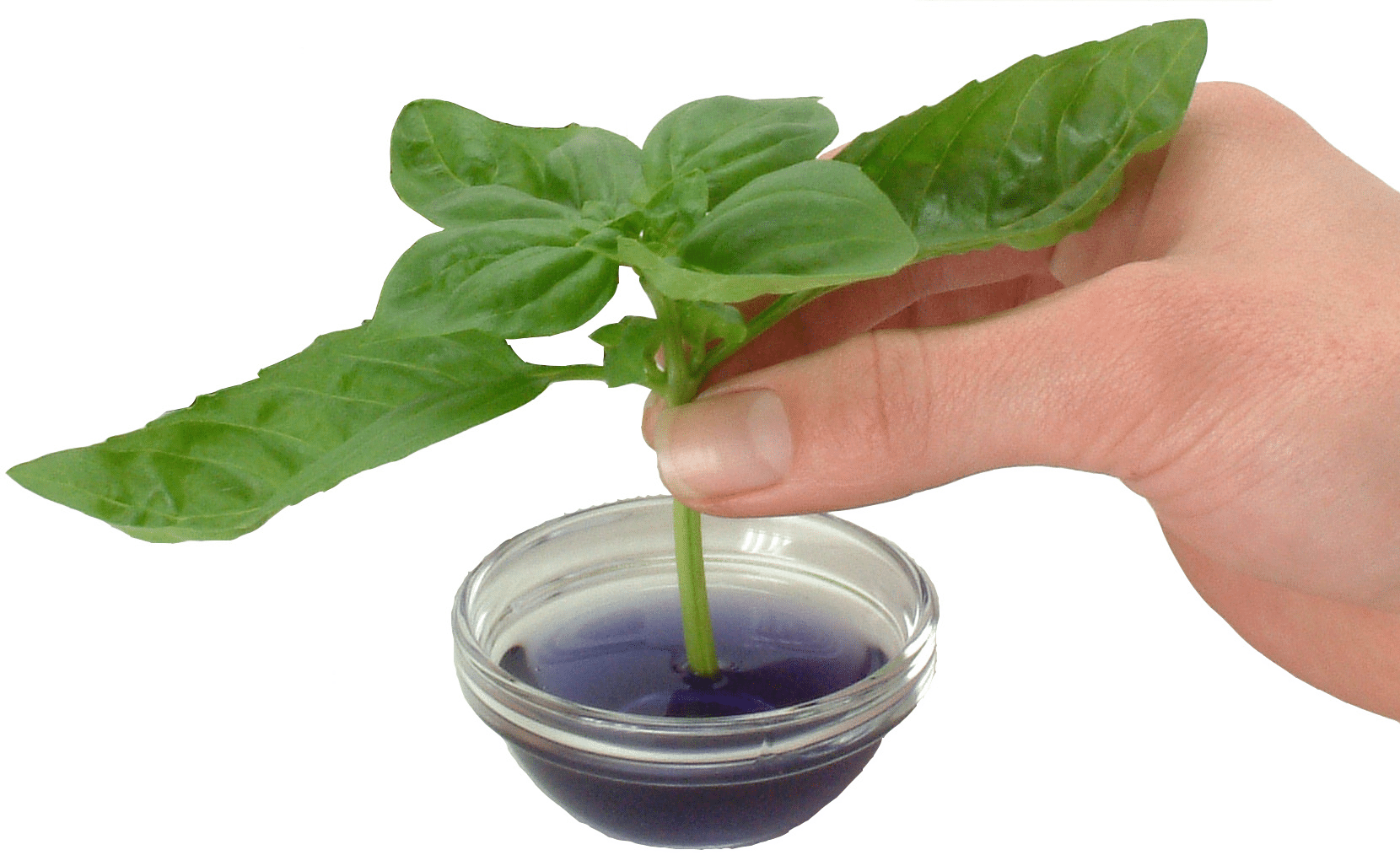
Now that we’ve covered the basics of rooting hormones and their active ingredients, let’s delve into the different forms available.
Rooting hormones come in three varieties: liquid, powder, and gel, each with its own set of advantages and disadvantages. Liquid rooting hormones are versatile and can be diluted for various applications, making them suitable for hydroponics and large-scale plant management.
Powder rooting hormones are popular for their ease of use, long shelf life, and affordability. Gel rooting hormones provide convenience and a controlled release of active ingredients, adhering well to the cutting.
Understanding the different types of rooting hormones is crucial in determining the best option for your specific needs. By considering the benefits and drawbacks of each form, you can make an informed decision and choose the most suitable rooting hormone for your plant propagation projects.
Liquid Rooting Hormones
Liquid rooting hormones offer versatility and can be diluted for a variety of applications, making them suitable for hydroponics and large-scale plant management. These hormones must be diluted before use and can be added to regular watering or applied directly to cuttings by dipping them in the solution.
Liquid rooting hormones are particularly advantageous for delicate and difficult-to-root plants, as the solution can seep into small pores in the cutting, ensuring optimal absorption of the hormone.
However, liquid rooting hormones do have some drawbacks. They can be prone to spilling and creating a mess, and some gardeners may find the need to dilute the solution inconvenient.
It’s essential to adhere to the instructions provided on the label when utilizing a concentrated liquid rooting hormone or a ready-to-use one, as improper dilution can lead to suboptimal results.
Powder Rooting Hormones
Powder rooting hormones are favored by gardeners due to their convenient application, extended shelf life, and cost-effectiveness. Fill a bowl with water. Dip the cuttings into water and then apply powder rooting hormones. This will help adhere the powder to seal the cut area. Then, pour some powder into a separate bowl or plate to prevent contamination and dip the wet cuttings into the powder, shaking off any excess.
Most rooting powders, including rooting hormone powder, typically contain a concentration of active ingredients at 0.1%, making them a practical and affordable option for propagating a wide range of plants, from common indoor plants to more challenging species.
However, as with any rooting hormone, it’s essential to follow the manufacturer’s instructions when using rooting powder to ensure optimal results and avoid potential issues, such as over-application or cross-contamination.
Gel Rooting Hormones
Gel rooting hormones offer convenience and ease of application, adhering effectively to the cutting and providing a gradual release of the active components.
To use gel rooting hormone, simply dip the cutting into the gel, which will then adhere to the cutting and seal the cut area. This ensures that the cutting absorbs an optimal amount of the rooting hormone, increasing the chances of successful root growth.
While gel rooting hormones have many advantages, they can be more costly than other options, and they must be stored in a refrigerator to maintain their texture and consistency. This may not be an issue for some gardeners, but it’s essential to weigh the benefits and drawbacks of each type of rooting hormone to determine the best choice for your specific needs and circumstances.
Top Rooting Hormone Picks for 2023

After exploring the world of rooting hormones and their various forms, it’s time to reveal the top rooting hormone picks for 2023. Based on effectiveness, ease of use, and affordability, we have curated a comprehensive list of the best liquid, powder, and gel rooting hormones available on the market.
Whether you’re a novice gardener looking to propagate your favorite houseplant or a seasoned professional seeking the most effective solution for large-scale projects, these top picks are sure to deliver the results you need.
To help you make an informed decision, we will provide a detailed review of each top pick, discussing their advantages and disadvantages, as well as offering tips and tricks for getting the most out of these rooting hormone products.
From liquid to powder to gel, these top picks represent the best the market has to offer for successful plant propagation in 2023.
Best Liquid Rooting Hormone
Our top pick for the best rooting liquid hormone is Dip ‘N Grow Liquid Rooting Hormone. This versatile solution provides rapid results and is highly effective in stimulating root growth, making it an excellent choice for both delicate and difficult-to-root plants. However, it’s essential to be cautious when using this product, as it can be prone to spilling and creating a mess if not handled carefully.
Best Price on the Dip-N-Grow Rooting Concentrate HERE
Another great option for liquid rooting hormone is Hormex Vitamin B1 Rooting Hormone Concentrate. This liquid concentrate can be used by dipping cuttings directly into it or dosed with waterings on plants that are lacking a proper root system and as part of regular maintenance. It can yield up to 24 gallons / 91 liters of rooting liquid, making it an economical and convenient choice for large-scale projects and hydroponic applications.
Best Price on the Hormex Vitamin B1 Rooting Hormone Concentrate HERE
Best Powder Rooting Hormone
For those who prefer powder rooting hormones, our top pick is Garden Safe’s ‘Take Root’ powdered rooting hormone. Known for its ease of use and affordability, this powder rooting hormone contains a 0.1% concentration of the active ingredient Indole-3-butyric acid (IBA), which is known to stimulate root growth in plant cuttings. To apply, simply moisten the cutting, dip it into the powder, and plant it in moist soil, ensuring the medium is kept moist but not wet.
Best Price on the Garden Safe Take Root Rooting Hormone HERE
Another excellent option for powder rooting hormone is Miracle-Gro FastRoot Dry Powder Rooting Hormone. Formulated with a 0.1% strength of Indole-3-butyric acid, this powder is cost-effective, suitable for both soil and water propagation, and boasts a lengthy shelf life. It’s an excellent choice for propagating common indoor plants and ensuring successful root development.
Best Price on Miracle-Gro FastRoot1 Dry Powder Rooting Hormone HERE
Best Gel Rooting Hormone
If you’re in the market for a gel rooting hormone, look no further than our top pick, which provides convenience and a regulated release of active ingredients, Clonex Rooting Gel is an excellent option, as it maintains contact with the stem cuttings and seals off the cut area while providing a comprehensive range of all the necessary nutrients and trace elements required to promote root development, even on hard woody stems.
Best Price on Clonex Hydrodynamics Rooting Gel Hormone HERE
General Hydroponics Rapid Start is a viable option for root branching. It is easy to use and helps promote faster, healthy seedling development. This gel rooting hormone contains a unique blend of plant extracts, amino acids and nutrients. It is formulated to stimulate root growth, branching and overall plant growth.
Best Price on General Hydroponics RapidStart for Root Branching HERE
Both Clonex and General Hydroponics Rapid Start are excellent choices for gel rooting hormones, offering convenience, ease of application, and controlled release of active ingredients.
How to Use Rooting Hormones Effectively
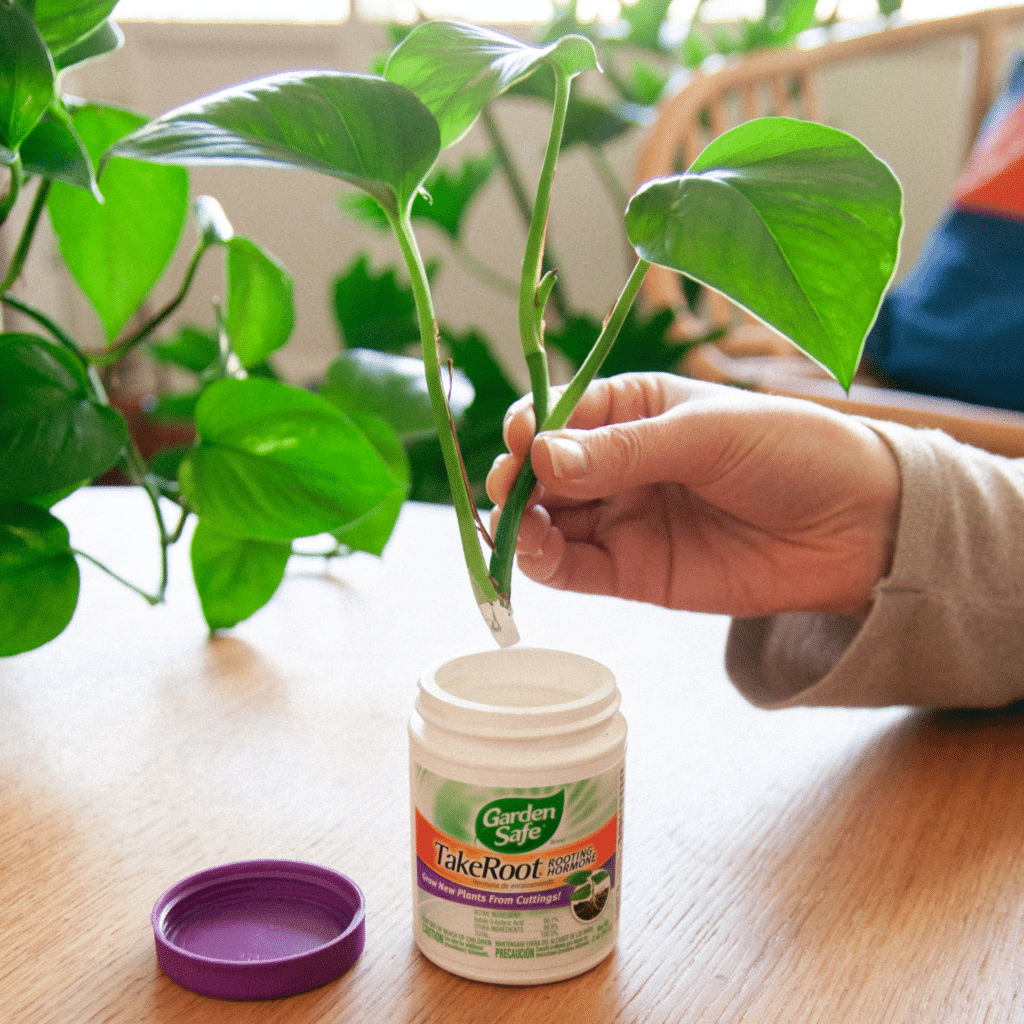
To maximize the effectiveness of rooting hormones and ensure successful plant propagation, it’s essential to follow a step-by-step process. This includes preparing the cutting, applying the rooting hormone, and planting and caring for the cutting. By following these steps and employing best practices, you can significantly increase the chances of your cuttings taking root and developing into healthy, thriving plants.
In the following sections, we will provide a detailed guide on each step of the process, offering tips and tricks for getting the most out of your rooting hormone products. By following this advice, you can avoid common mistakes and ensure the best possible results for your plant propagation efforts.
Preparing the Cutting
The first step in using rooting hormones effectively is selecting a healthy stem from the parent plant and making a clean cut.
To do this, use a clean, sharp knife or scissors to cut just below the node, ensuring that you remove a few leaves from the base of the cutting before applying rooting hormone. This helps to minimize moisture loss and encourages the cutting to focus its energy on root development.

When selecting a stem, it’s crucial to choose a vigorous and healthy one, as this will increase the chances of successful propagating plants.
Additionally, make sure to use disinfected tools and take care to avoid damaging the parent plant during the cutting process. By following these tips, you can set the stage for successful root growth and overall plant health.
Applying the Rooting Hormone
Once your cutting is prepared, it’s time to apply the rooting hormone. The method for applying rooting hormone will vary depending on the type you are using (liquid, powder, or gel), but some general guidelines apply.
First, ensure that the cutting is moistened before applying the rooting hormone, as this will help the hormone adhere to the cutting and seal the cut area.
Next, follow the manufacturer’s instructions for the specific type of rooting hormone you are using, whether that involves dipping the cutting into a liquid solution, coating it with powder, or applying a gel. It’s essential to avoid over-application of rooting hormone, as this can lead to poor rooting and even the death of the cutting.

Additionally, be mindful of cross-contamination when using rooting hormones, as this can spread diseases between cuttings and lead to suboptimal results. By following these guidelines and applying the rooting hormone correctly, you can maximize its effectiveness and increase the chances of successful propagation.
Planting and Care
After applying the rooting hormone, it’s time to plant the treated cutting in the appropriate growing medium and provide the necessary care for successful root growth.
Depending on the type of plant and rooting hormone used, this may involve planting the cutting in moist soil, inserting it into a hydroponic system, or placing it in water for water propagation.
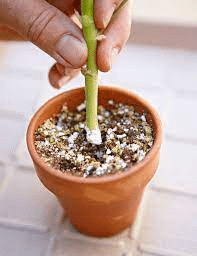
Ensure that the growing medium is kept moist but not wet, as overly saturated conditions can lead to root rot and other issues.
During the initial stages of root development, it’s essential to monitor the cutting’s progress, checking for signs of new growth and adjusting your care routine as needed. This may involve providing additional humidity, adjusting light levels, or applying a balanced fertilizer to support the cutting’s nutritional needs.
By carefully attending to the needs of your cutting during this crucial stage, you can ensure that it develops a strong, healthy root system, setting the stage for a thriving plant.
DIY Rooting Hormone Alternatives

For those who prefer a more natural approach or simply want to try something different, there are several DIY rooting hormone alternatives available. These options, such as honey, willow water, and aloe vera gel, can offer a more environmentally friendly and organic method of promoting root growth in cuttings.
While these natural alternatives may not provide the same level of consistency and effectiveness as commercial rooting hormones, they can still be a viable option for those looking to experiment or avoid synthetic chemicals. By exploring these DIY alternatives, you can broaden your gardening horizons and potentially discover new and effective methods for plant propagation.
Common Mistakes to Avoid When Using Rooting Hormones
When it comes to using rooting hormones, there are some common mistakes that can sabotage your efforts and lead to suboptimal results. By being aware of these pitfalls and taking steps to avoid them, you can increase the chances of successful plant propagation and overall plant health.
Some common mistakes to avoid include cross-contamination, over-application, and improper storage of rooting hormones.
Cross-contamination can occur when rooting hormones are unintentionally transferred from one cutting to another, resulting in potential disease and suboptimal rooting. Over-application of rooting hormone can lead to poor rooting and even the death of the cutting, while improper storage can result in contamination and suboptimal results.
By taking the necessary precautions and following the manufacturer’s instructions, you can avoid these common mistakes and ensure the best possible outcome for your plant propagation efforts.
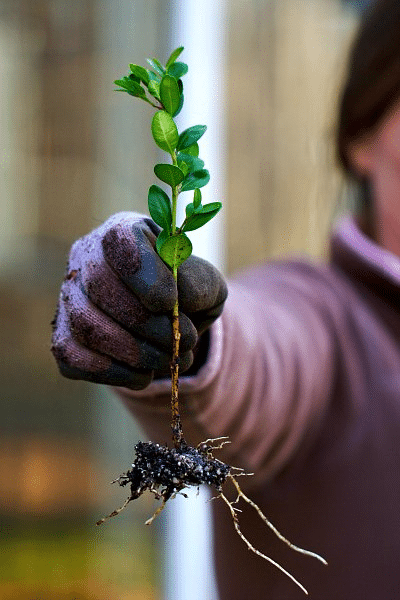
Summary
Throughout this comprehensive guide, we have explored the world of rooting hormones, delving into their types, active ingredients, and top picks for 2023.
By understanding the benefits and drawbacks of each type, along with the proper application and care methods, you can significantly increase your chances of successful plant propagation and overall plant health.
Whether you are a novice gardener looking to propagate your favorite houseplant or a seasoned professional seeking the most effective solution for large-scale projects, rooting hormones can be a game-changer in your gardening endeavors. Here’s to a thriving garden and bountiful plant propagation success!
Frequently Asked Questions
Which rooting hormone is the best?
Based on the answers, it is clear that HydroDynamics Clonex Rooting Gel is the best rooting hormone. This product is easy to use and provides an optimal environment for your cutting to quickly root.
This is why I highly recommend it for anyone looking for an effective rooting hormone.
What is the best rooting hormone for indoor plant propagation?
For successful indoor plant propagation, I recommend using HydroDynamics Clonex Rooting Gel. This gel is easy to apply and can help ensure a successful root system development for your cuttings.
In addition, its popularity and quality make it a reliable choice for all your rooting needs.
What is the best rooting medium for cuttings?
The best rooting medium for cuttings is a soilless mix such as perlite, vermiculite, or sand, or a combination of peat moss and any of the previous items. It should be loose and well draining to support new root growth, while allowing enough oxygen movement for healthy root formation.
What is a rooting hormone?
Rooting hormone is a key component of the plant propagation process, helping to create healthy roots and promote successful growth. It typically consists of synthetic or natural compounds and can even be made at home with basic ingredients.
Rooting hormone is an essential element for any gardener looking to propagate their plants.
What are the different types of rooting hormones?
Rooting hormones come in various forms, including liquid, powder, and gel, allowing gardeners to choose the form best suited to their specific project.

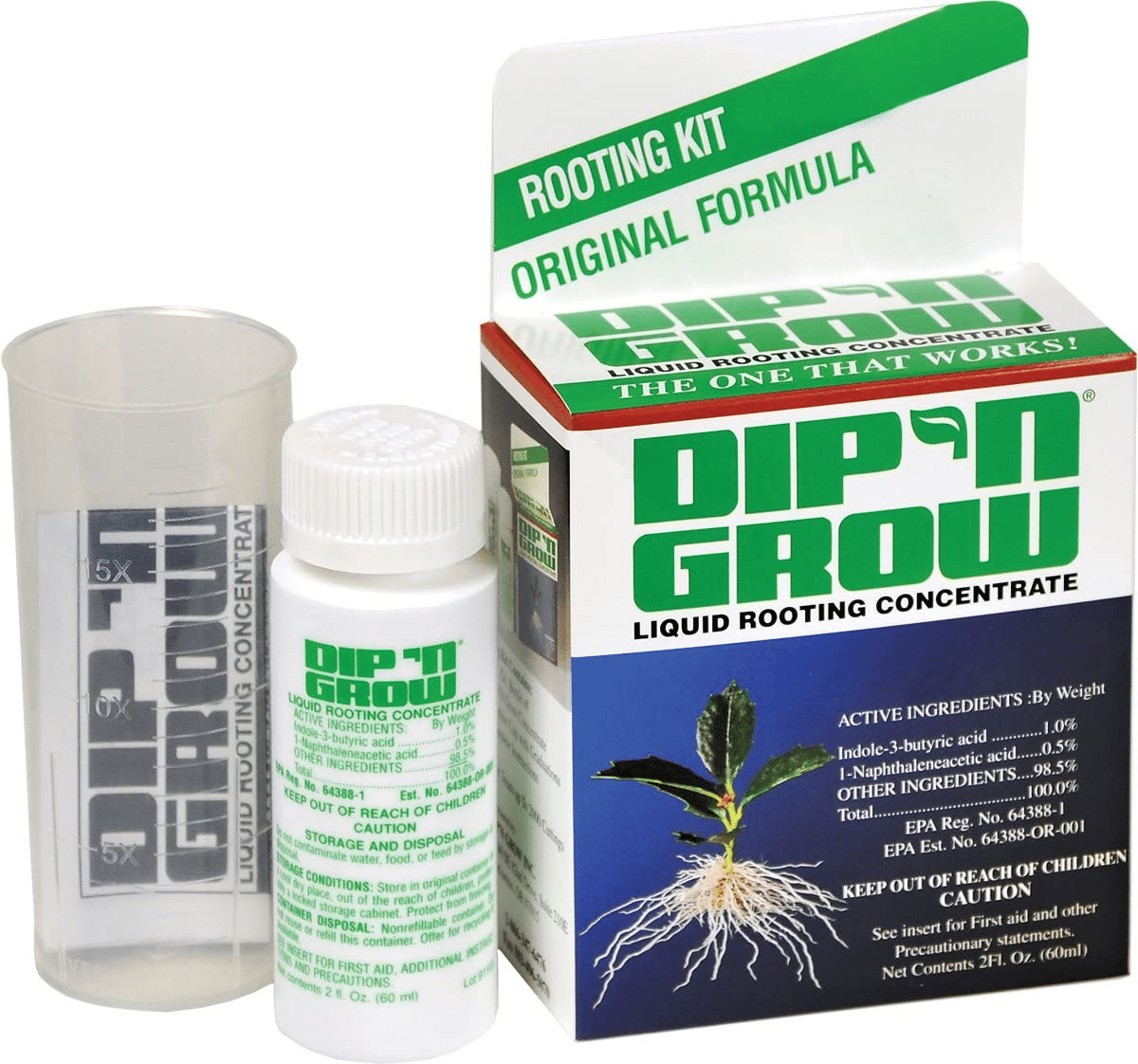
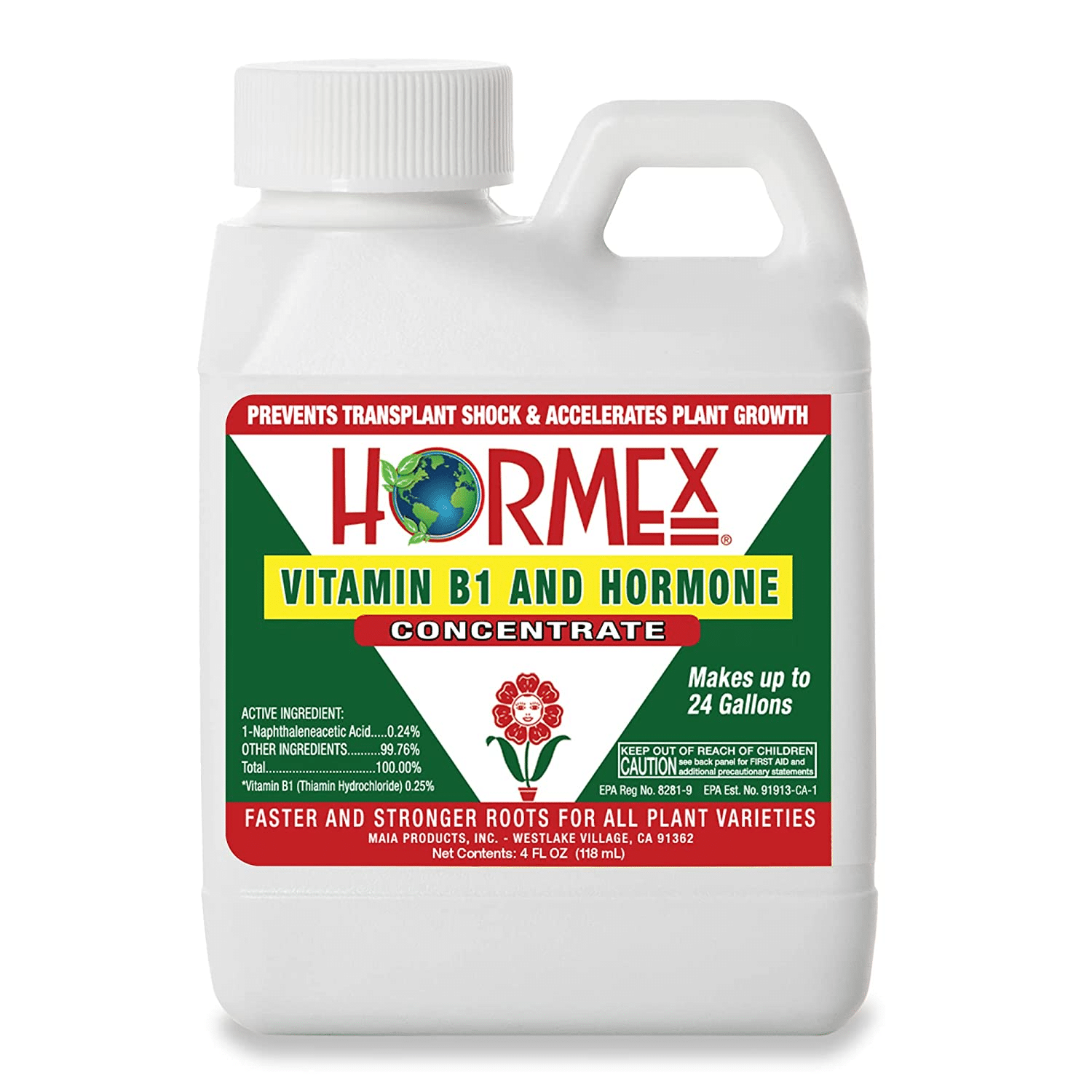
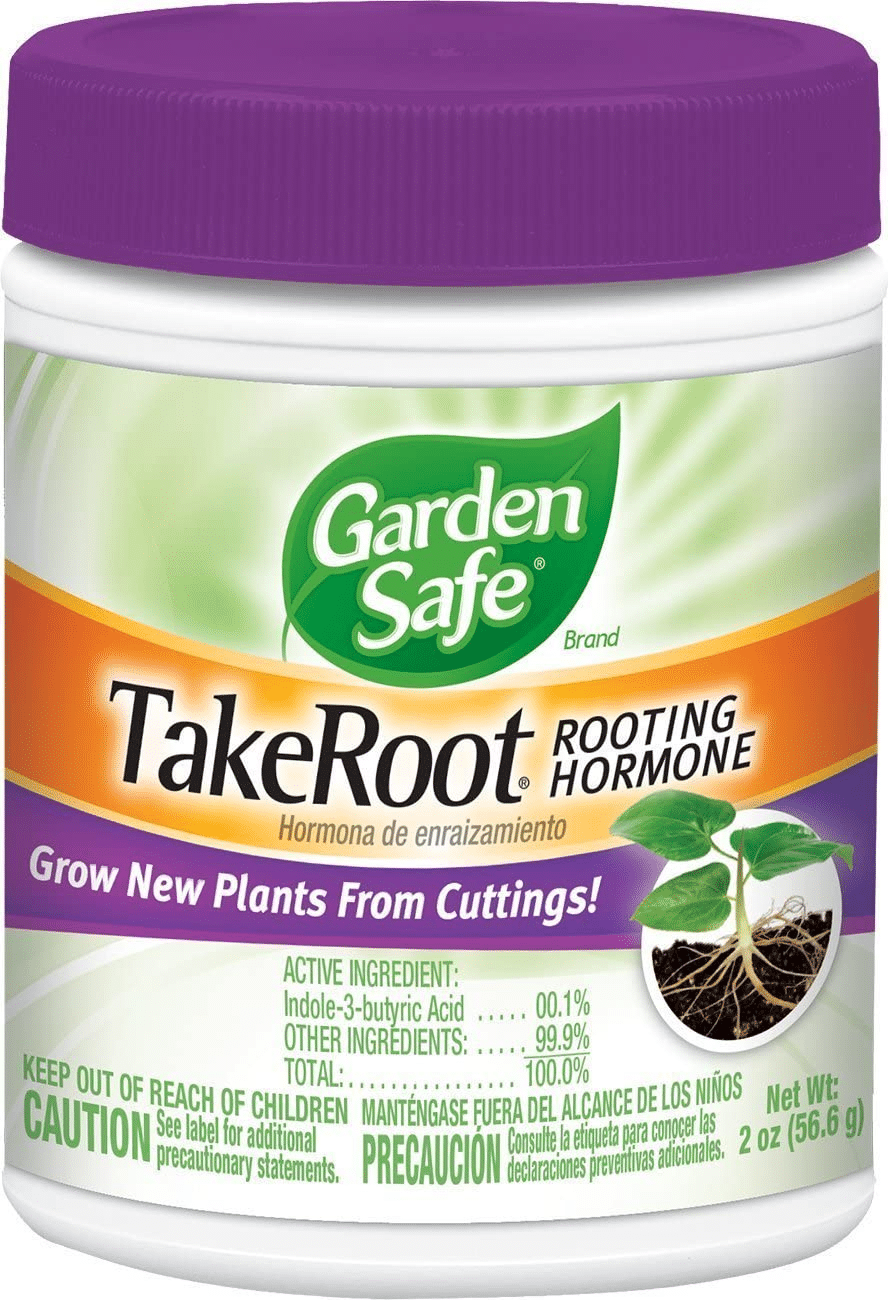
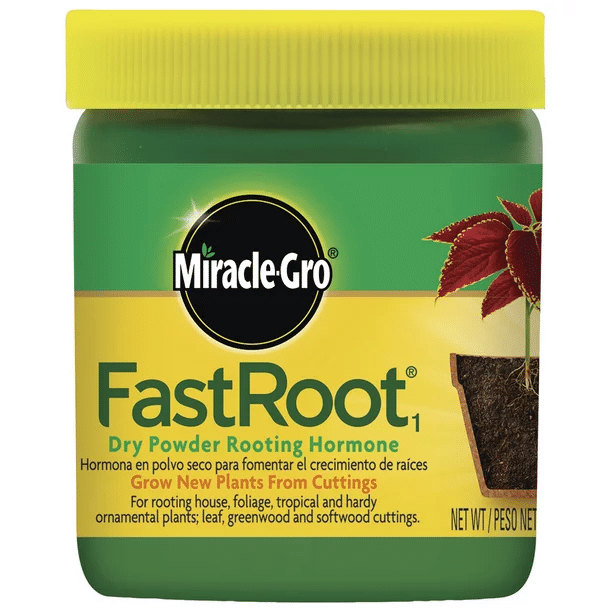
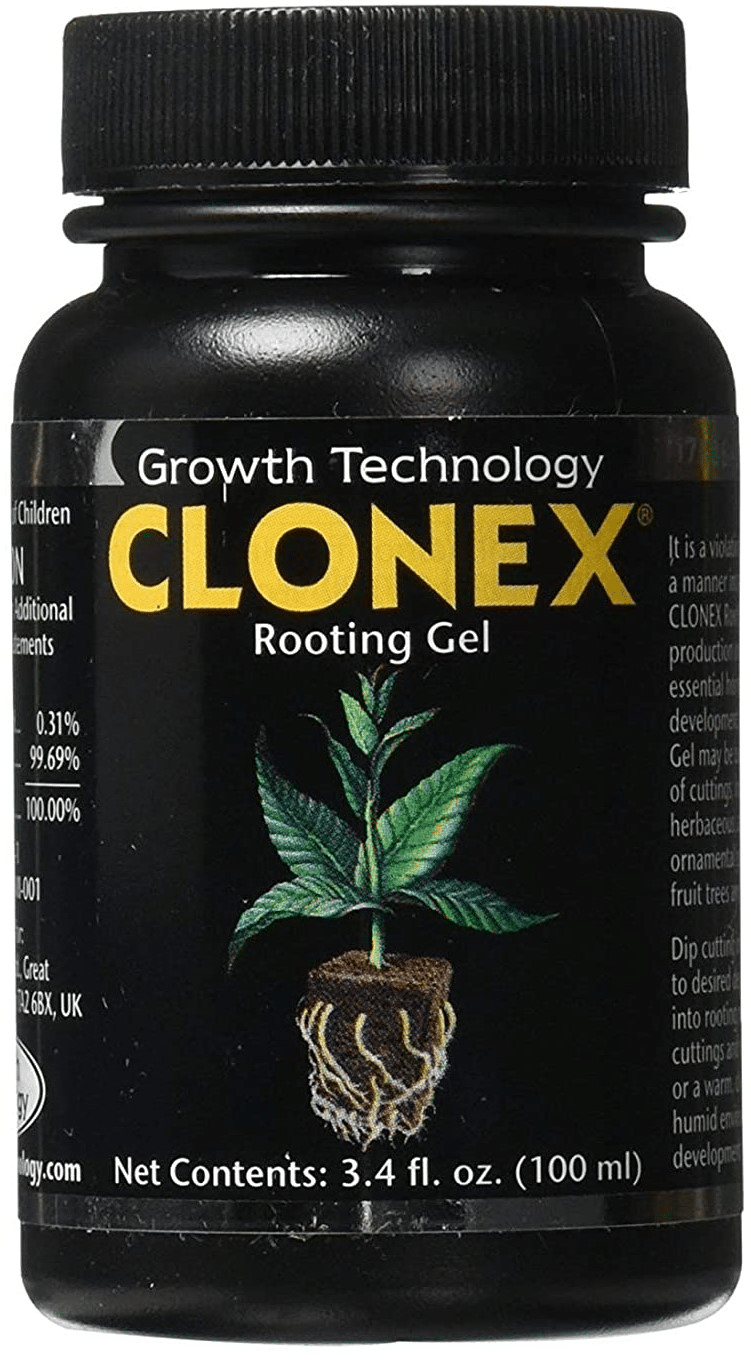
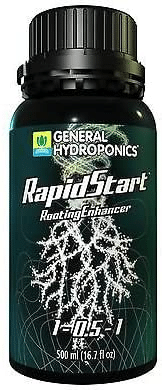

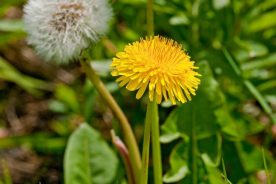


No Comments